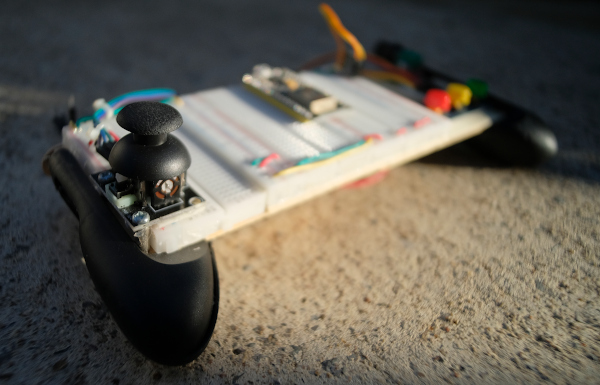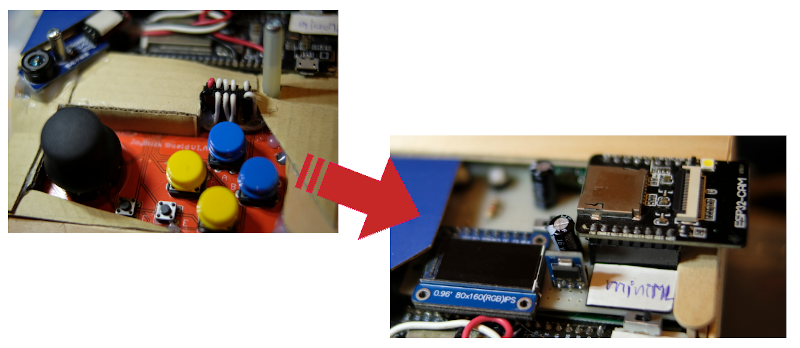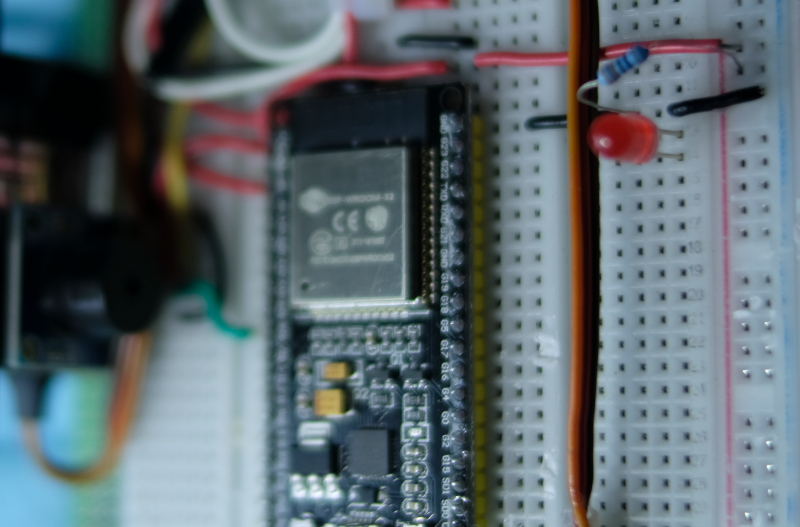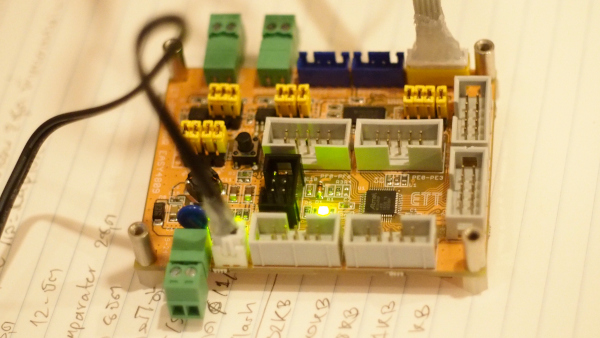[EN] Arduino: Joystick Module
This article is programming to write a program to use the joystick module as shown in Figure 1, in which the module can tell the X-axis movement, Y-axis movement, and the state of pressing the switch on the joystick. An example of this module is to use the esp32 board using C++ to connect to the GPIO using the commands mentioned in this article.








